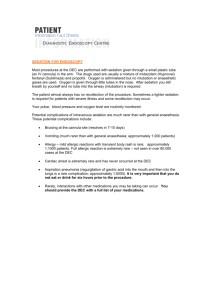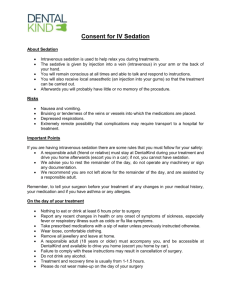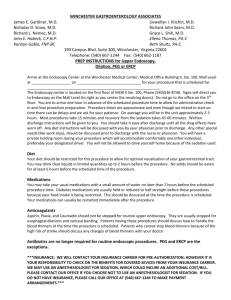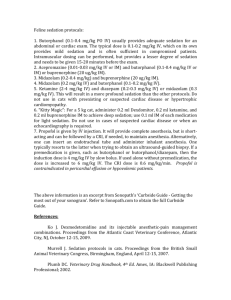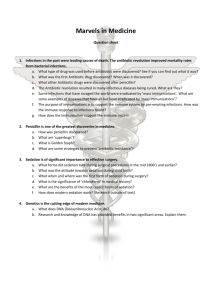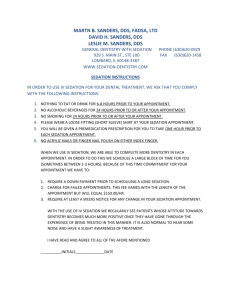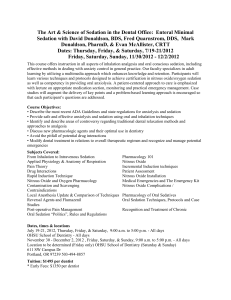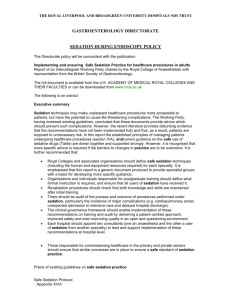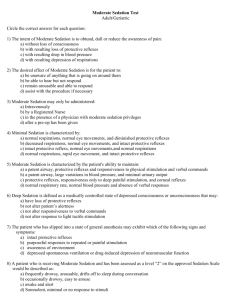Audit on the Dutch 2001 guideline for the use of sedation during
advertisement
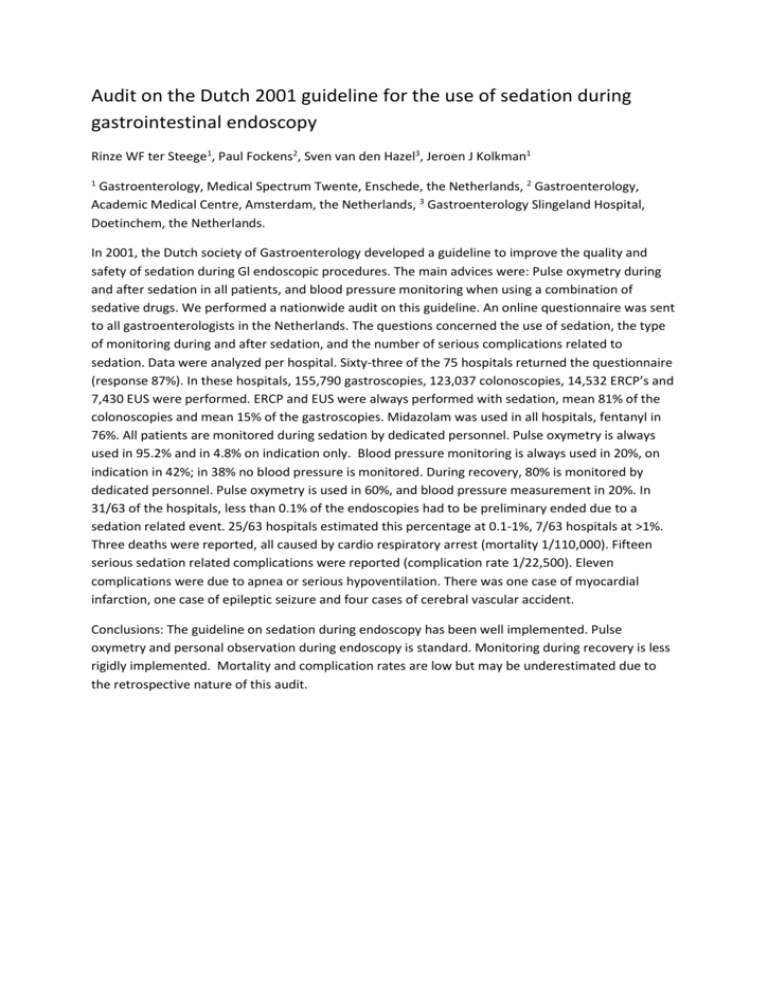
Audit on the Dutch 2001 guideline for the use of sedation during gastrointestinal endoscopy Rinze WF ter Steege1, Paul Fockens2, Sven van den Hazel3, Jeroen J Kolkman1 1 Gastroenterology, Medical Spectrum Twente, Enschede, the Netherlands, 2 Gastroenterology, Academic Medical Centre, Amsterdam, the Netherlands, 3 Gastroenterology Slingeland Hospital, Doetinchem, the Netherlands. In 2001, the Dutch society of Gastroenterology developed a guideline to improve the quality and safety of sedation during Gl endoscopic procedures. The main advices were: Pulse oxymetry during and after sedation in all patients, and blood pressure monitoring when using a combination of sedative drugs. We performed a nationwide audit on this guideline. An online questionnaire was sent to all gastroenterologists in the Netherlands. The questions concerned the use of sedation, the type of monitoring during and after sedation, and the number of serious complications related to sedation. Data were analyzed per hospital. Sixty-three of the 75 hospitals returned the questionnaire (response 87%). In these hospitals, 155,790 gastroscopies, 123,037 colonoscopies, 14,532 ERCP’s and 7,430 EUS were performed. ERCP and EUS were always performed with sedation, mean 81% of the colonoscopies and mean 15% of the gastroscopies. Midazolam was used in all hospitals, fentanyl in 76%. All patients are monitored during sedation by dedicated personnel. Pulse oxymetry is always used in 95.2% and in 4.8% on indication only. Blood pressure monitoring is always used in 20%, on indication in 42%; in 38% no blood pressure is monitored. During recovery, 80% is monitored by dedicated personnel. Pulse oxymetry is used in 60%, and blood pressure measurement in 20%. In 31/63 of the hospitals, less than 0.1% of the endoscopies had to be preliminary ended due to a sedation related event. 25/63 hospitals estimated this percentage at 0.1-1%, 7/63 hospitals at >1%. Three deaths were reported, all caused by cardio respiratory arrest (mortality 1/110,000). Fifteen serious sedation related complications were reported (complication rate 1/22,500). Eleven complications were due to apnea or serious hypoventilation. There was one case of myocardial infarction, one case of epileptic seizure and four cases of cerebral vascular accident. Conclusions: The guideline on sedation during endoscopy has been well implemented. Pulse oxymetry and personal observation during endoscopy is standard. Monitoring during recovery is less rigidly implemented. Mortality and complication rates are low but may be underestimated due to the retrospective nature of this audit.

